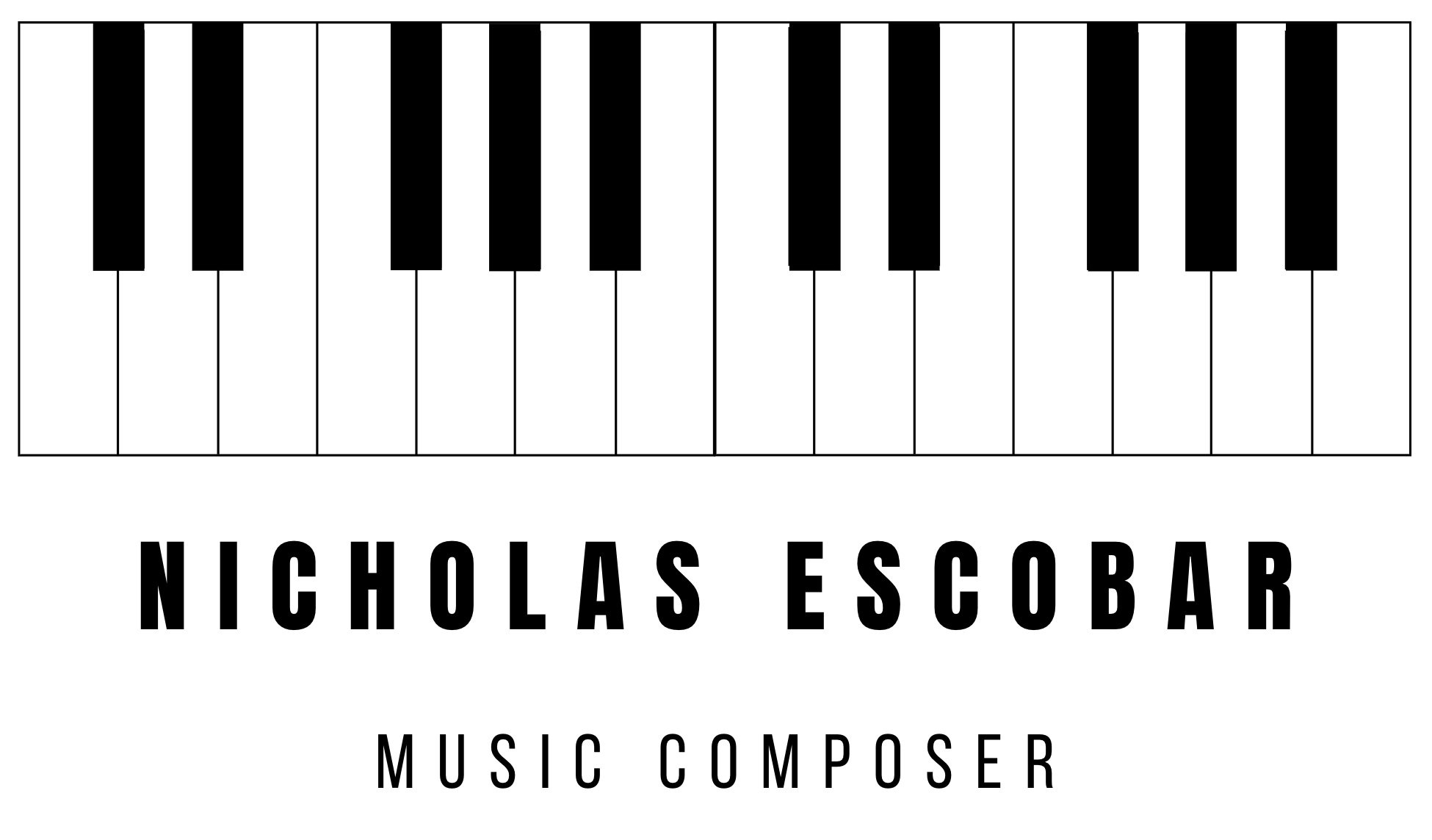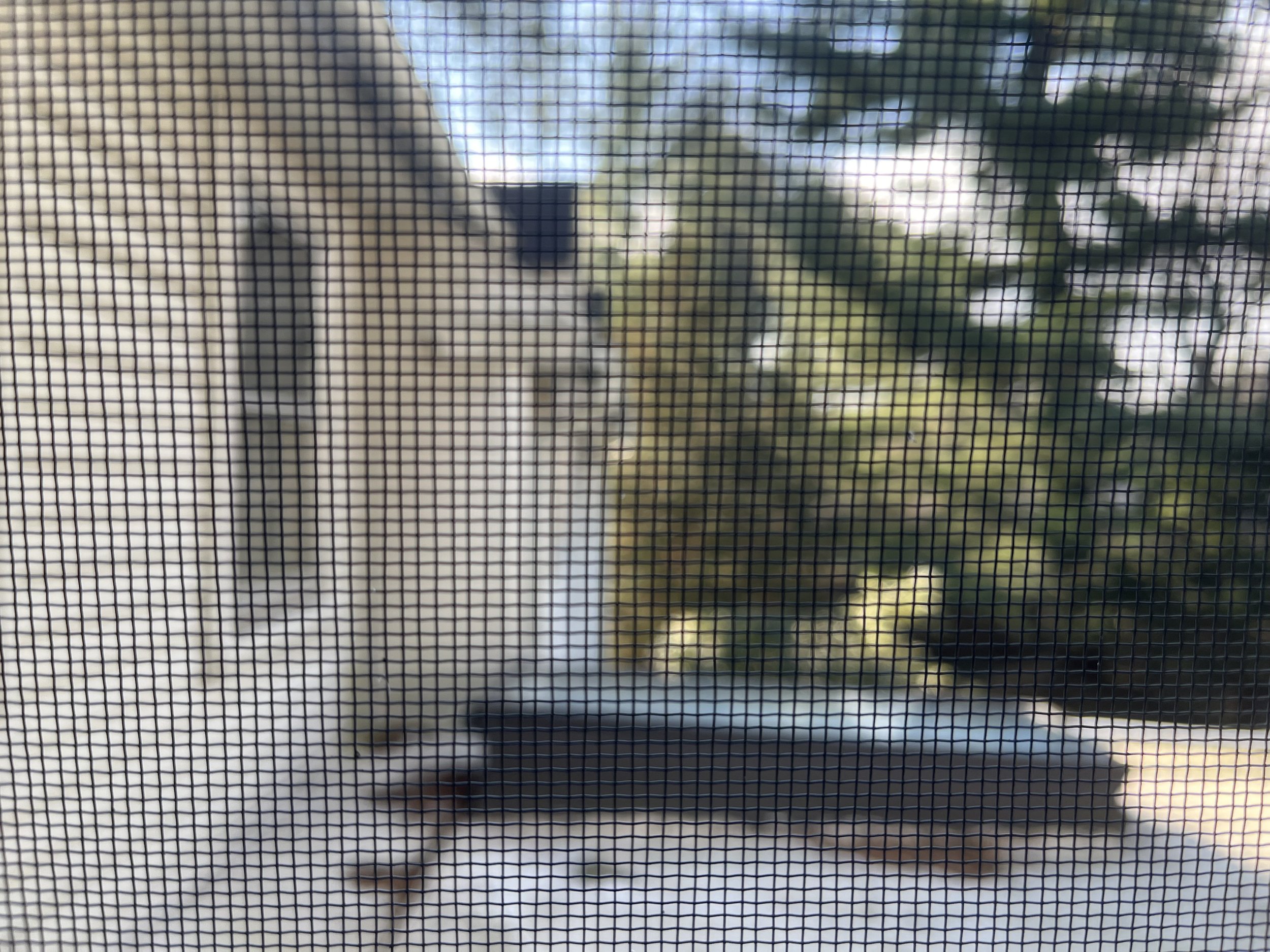My Composing Process: floating squares and seagulls (2024)
Dear Readers,
We have arrived at the eighth part of my ongoing series “little pieces of improvised sound”.
It stars Swedish seagulls.
Let’s dive into how I made it.
Improvisational Experimentation
This piece began with the Spitfire LABS Synth Strings Synth Pad instrument. I cued it up and started to play and the first thing I recorded included what eventually became “floating squares and seagulls”:
I improvised this without a clear idea of where the piece was going to go. It just sort of came out of me in a musical wave. I was pleased when I listened back to it and decided to keep going.
So I added a Randomizer and Modulator to the track, which randomly adjusts the velocity of the track. That is what gives it the feeling of vibration.
Now I had a framework to work off of. I started to add more elements.
The MIDI info for the Synth Strings track. You can see the different voices here: the lower notes are the “musical waves” that I discuss later.
Time To Orchestrate
I took notes from the Synth Strings track and copy and pasted them into other synths. This creates musical color and depth. I used the Foehn and Saudade synths from LABS Textural Pads and also a crazing sounding synth called “Boarding Area” from Logic. This is the one that has a long reverb tail and sounds almost like a car alarm at points. I had all of these synths play the “left hand” part of the Synth Strings demo (i.e. the lower chords that act as a response to the higher notes).
I then loaded up harmonic strings from Spitfire Studio Strings, LABS Frozen Strings and Tape Orchestra and had them play the “right hand” part of the Synth Strings track (mostly high, long notes).
Now the piece was really filling out.
For the second part of the piece, there are counter melody lines that appear. I decided to orchestrate those with a quartet of woodwinds: alto flute. bass flute, clarinet and bass clarinet):
In the settings for each virtual instrument I added some close-up mics to get a really organic sound. The woodwinds blend perfectly with the synths and strings in the piece and everything melds beautifully.
Sounds Become Instruments
After orchestrating with real instruments, I decided to try orchestrating with sounds.
I use the following soundscape recordings in this piece. I have split them into 3 categories: Birds, Crickets/Cicadas and Streets
Birds:
Seagulls recorded in Malmö, Sweden (June 2023)
Various Bird Call recorded in Villanova, Pennsylvania (February 2022)
Wall of Birds recorded in Florence, Italy (December 2023)
Crickets + Cicadas:
Crickets recorded in Stevensville, Maryland (August 2022)
Crickets recorded on Branch Lake in Maine (August 2023)
Crickets recorded in Christiansburg, Ohio (September 2023)
Crickets recorded on Thompson Lake, Maine (August 2020)
Cicadas recorded on Pamlico Sound in North Carolina (August 2021)
Streets:
Vicolo Dell Canneto, Florence, Italy (December 2023)
Via Del Arco Della Fontanella, Rome, Italy (December 2023)
Spring Mill Road, Villanova, Pennsylvania (February 2022)
My technique was to adjust the volume of each soundscape recording so it lined up with the swells in the synth parts. You can hear that the sounds fade in with those synths and then exit with them, leaving just the high violins and synth notes. I think of these motions almost like musical waves, ebbing and flowing. When you work seagull calls, crickets and streets into these musical waves, it creates a fascinating sound texture.
Worth mentioning that I heavily edited the street sounds. adding distortion, doing a large hi cut in the EQ (taking out high frequencies) and spreading the sound over the stereo image.
The main character of these sounds is of course the recording of the seagulls. I used this recording in my piece “Cacophony!” last year and have been wanting to use it again. I literally saw a whole group of seagulls in the streets of Malmö on my way to a football match and pulled out my iPhone and recorded the bird calls on my with Voice Memos. For this piece I just layered the short recording on top of itself, so you’d never know that it only lasts for less than 20 seconds. I also added a pitch shift to the recordings so you hear a percentage of the recording pitched up (making it more screechy).
Mixing It All Together
All these elements worked beautifully together, so the mixing process was quite simple. The only difficult thing was making sure all the musical waves made sense (had gradually increases and decreases in volume) and also built on one another. I withheld the crickets until later in the piece. Same with some of the birdcalls. Because of that the sound orchestra has a crescendo to it.
Filming the Video (Without Leaving My Studio)
It’s true. Normally for these videos I got outside and film natural spaces. While composing this piece, I had the blinds on the window in my studio up. Because of this, I could see the roof of the TV room and trees beyond really clearly (normally the blinds are down). I noticed the interesting color palette of the trees when the sun hit them. So I put my phone up against the glass and started recording. Naturally, the phone focused on the window screen, since it was closer to the lens. This created a cool, Mondrian-esque pattern across of the scene. Once I had recorded three minutes, I was about to stop when I decided to zoom all the way in (3x zoom on my iPhone mini). This made the image even more cubist and abstract. The individual squares were doubled and the trees and house in the background were entirely fuzzy. It was awesome.
The music blends perfectly with this image, giving it a mysterious, hypnotic quality.
The view from my studio.
The final image for the film (with the 3x zoom).
In Conclusion
As I say after every blog entry, each project that I work on teaches me something more about composing. “floating squares and seagulls” taught me how I can use sounds in an even more musical way. I can blend them with instruments and musical motions so that crickets and seagulls crescendo and decrescendo like an an live instrument.
As always, if you have any questions about my composing process feel free to email me at nicholasescobarcomposer@gmail.com. Thanks for reading!
Your’s Musically,
Nicholas
A Few More Things:
Also, I composed a couple new pieces at the end of December but didn’t write blog entries for them. So I figured I’d share them here.
“pine bark and salt” is a new piece for my “Poem Pieces” series. It is a piano improvisation that blends with sound recordings I recorded in Berlin.
“window light” is a purely orchestral piece. I put it underneath a video I recorded of sunlight shining through a window.




